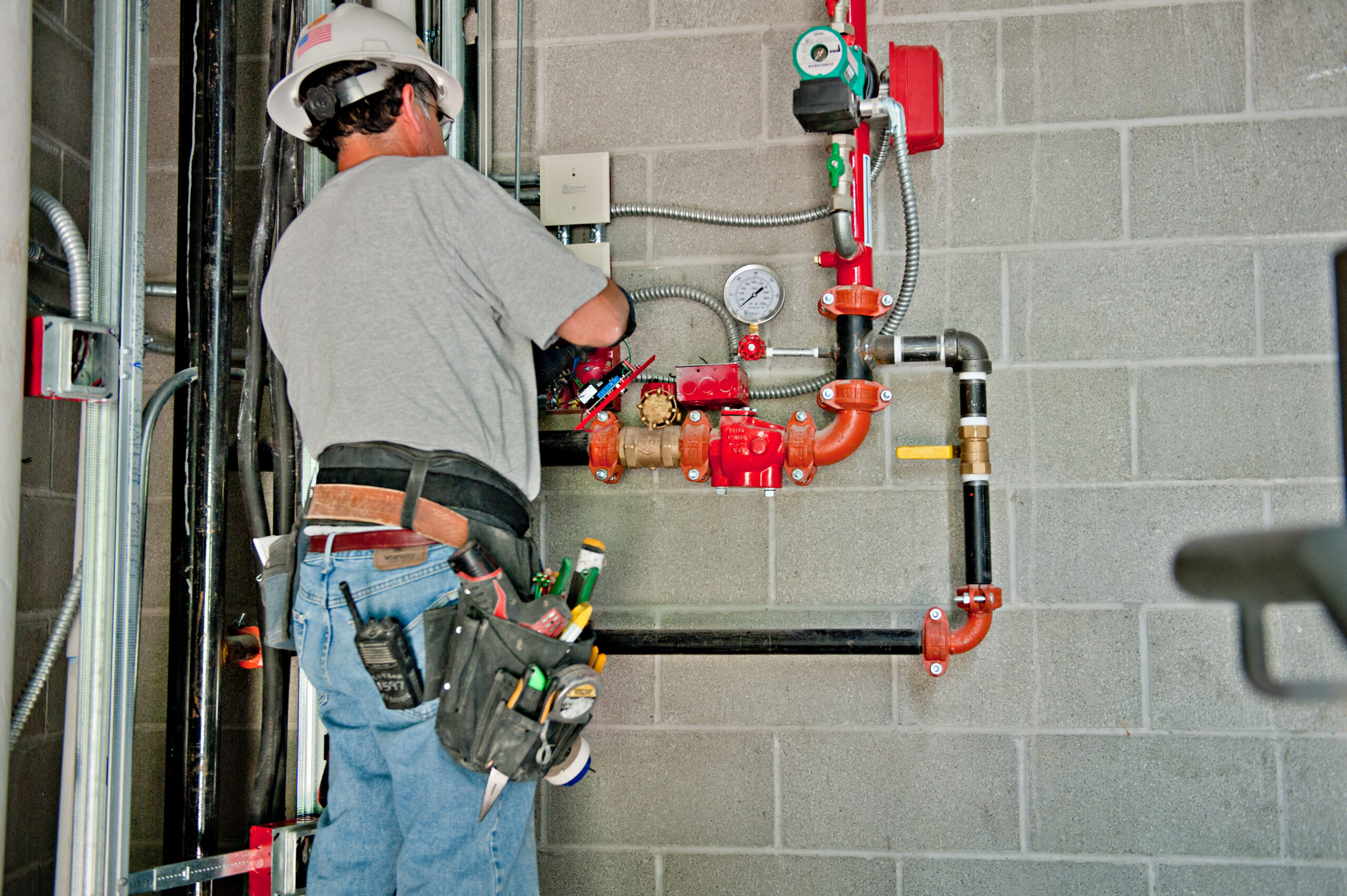
Project goal: Invest in deferred maintenance projects to secure future capital saving
Workstream: Facilities
Project owner: Rich Miller, Facilities Associate Director
Background: The average age of buildings on main campus is more than 60 years old. While aging buildings need regular attention to be in optimal working order, maintenance of existing buildings can sometimes be deferred to give priority to other projects. The backlog of Deferred Maintenance (DM) is more than $16 million. Ensuring the proper maintenance and performance of the existing buildings and infrastructure of the U is a vital component of attracting and retaining top students, faculty, and staff. Investing in DM will reduce future capital expenses by 300% or more by correcting issues before they grow into capital needs. Changing the U’s approach to managing DM can free capital that the U can deploy on more needed assets while extending the useful life of existing assets.
Efforts underway: Empowered by Operational Excellence, the project owner and workstream developed a new process for identifying DM candidates and prioritizing assets to be replaced. The team organizes ongoing meetings with stakeholders and supervisors to accurately identify projects with demonstrated ROI. The team is inspecting and evaluating the current condition of the U’s assets to determine the likelihood of failure to inform criticality, failure impact, and return on investment.
Looking ahead: Coordination between facilities' teams, building occupants and stakeholders is essential to manage ongoing project expectations and to provide feedback on future projects. Facilities has invested $1.3 Million into projects slated for completion in FY 25 that will save over $4 Million in catastrophic failure avoidance and efficiency. We are incredibly appreciative of the University leadership support for this initiative. Continued investment in perpetual projects is a key component to continued success.
In their words: “Approaching projects predictively rather than reactively allows us to better manage critical building maintenance issues while providing the flexibility to upgrade aesthetics that attract and retain students, professors, researchers, and staff.” -- Rich Miller, project owner
